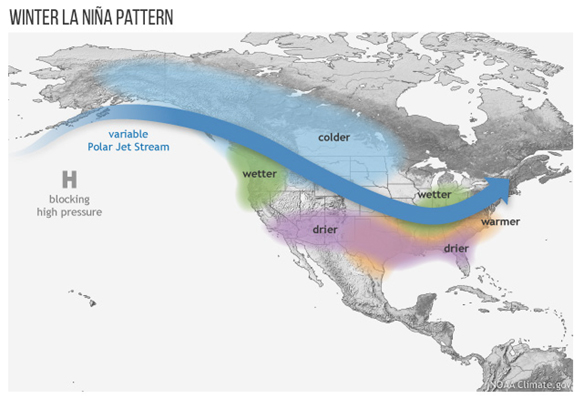Corn harvest continues to lag, with USDA’s 18 reported states at only 17 percent as of October 1. At this point in the season, producers have an average of 26 percent of their corn harvested. The states in our service territory are well behind their averages – and a forecast of rain will not assist maturity or harvest. There is little concern yet about an early frost cutting yields, but that worry will mount as we get deeper into October.
| State |
Percent harvested |
Percent harvested average |
Percent mature |
Percent mature average |
| 18 states |
17 |
26 |
68 |
78 |
| Iowa |
6 |
18 |
73 |
80 |
| Kansas |
39 |
49 |
84 |
88 |
| Nebraska |
2 |
20 |
89 |
91 |
| South Dakota |
3 |
19 |
52 |
75 |
Corn condition in the good/excellent categories stands at 63 percent for the 18 states, a two point loss from last week. On the lower end, conditions improved one point to 12 percent. South Dakota saw a four point improvement on the upper end to 44 percent in good/excellent condition.
While the soybean harvest also is behind -- 22 percent against a 26-percent average in the 18 states – the percent dropping leaves is ahead of average, in some cases by quite a few percentage points.
| State |
Percent harvested |
Percent harvested - average |
Percent dropping leaves |
Percent dropping leaves - average |
| 18 states |
22 |
26 |
80 |
78 |
| Iowa |
16 |
23 |
84 |
77 |
| Kansas |
13 |
10 |
78 |
61 |
| Nebraska |
19 |
26 |
93 |
86 |
| South Dakota |
10 |
37 |
89 |
93 |
Condition is little changed. But it is worth noting that South Dakota’s poor/very poor rating improved from 19 percent to 15 percent.
Winter wheat planting stands at 18 percent, seven points behind average for the 18 states. Kansas has only 21 percent in the ground, versus 39 percent average and Nebraska 70 versus 76 percent.
La Nina: On Her Way?
Last week, the National Weather Service’s Climate Prediction Center announced an increasing chance – now at 55 to 60 percent – of a La Nina this fall and winter. There is a plume of cold water that has surfaced in the central and eastern Pacific Ocean. It will need to intensify and last several months before it is truly declared a La Nina.
The map from the National Oceanic and Atmospheric Administration illustrates characteristic winter La Nina weather impacts in the United States: Cold temperatures in the Northern Plains, wetter than usual weather in the Eastern Corn Belt and more or less average weather in Iowa, Nebraska and Kansas.

Source: https://www.climate.gov/enso

